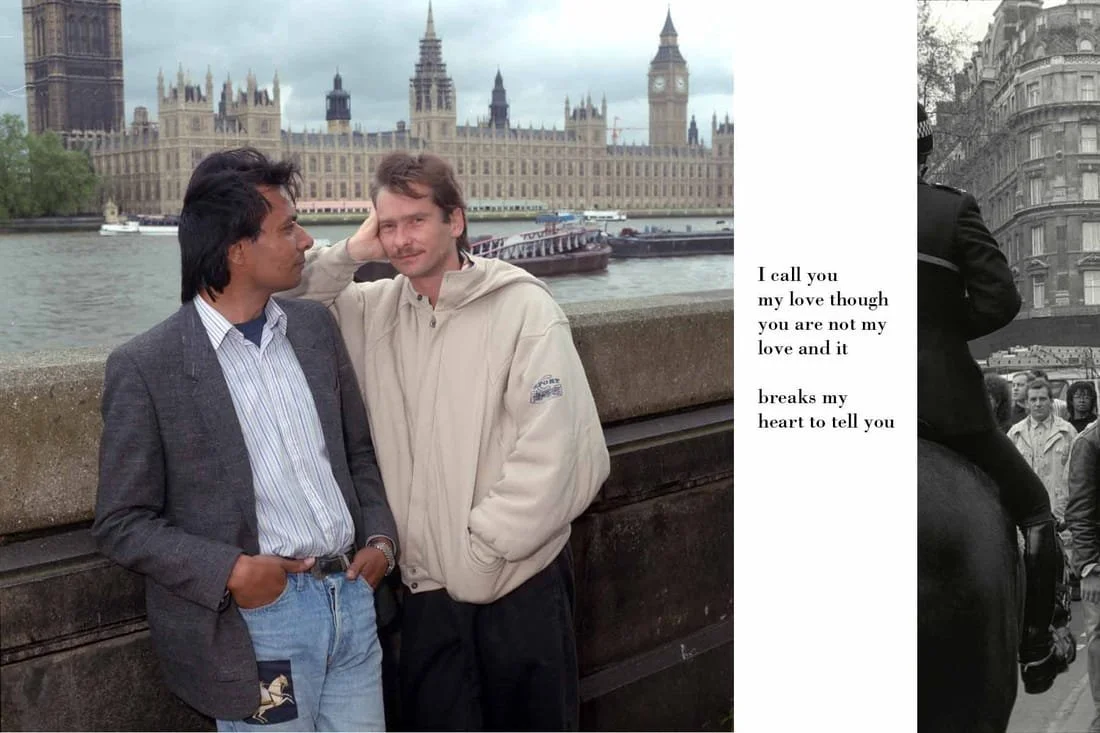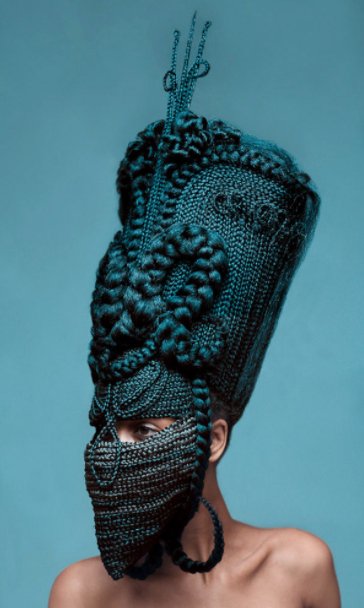Parallel Lines: Maria Valeria Biondo
© Sunil Gupta
F.B. The language of photography is still among the most contemporary ones, despite the growing diffusion of other digital arts. Which forms of photography do you find particularly exciting in our time?
M.V.B. I find photography interesting in many ways, especially when it is combined with other media by artists: photography can also be transformed or intervened upon. A completely different aspect is how photography can reflect how people work their machines: we now work with an artist who built all his cameras from scratch, lenses and all. We are strongly interested in the photographic process, much more than in the image per se. After all photography can inspire art practices as well, starting from a photograph and transforming it into something else.
F.B. Merging photography with other media somehow reflects the times we are living in, in which so many complex situations are happening around us and influencing our thinking that different modes of expression just need to intertwine for our complete self-expression. The complexity of our reality can only show in the works produced nowadays.
M.V.B. For example, think of Cindy Sherman and her pioneering work on these issues.
F.B. As different languages are merging in artistic practices, photography and the corporate world are coming together in the creation of commissioned works. Having studied Art and Business at Sotheby’s, you have noticed how many artists are accepting to work alongside big international companies. To which extent can such practice, which was somehow unacceptable until some years ago, actually lead to the creation and diffusion of works of art?
© Mattia Balsamini
M.V.B. That is a great question. There is nothing wrong with working in the corporate sphere, it really just depend on the circumstances. Of course there are bigger budgets involved, so if one wants to build certain installations or immersive experiences, it might be necessary to partner with corporations. I also don’t mind the idea of corporate collections either, because they bring together artworks one would never see next to each other. It all depends on the ethics of a company, on what they actually invest in for their production processes. One just needs to be mindful of where funds are coming from, but working in different fields can be truly exciting.
F.B. Emerging artists often face a particularly tough dilemma, as they get the first signs of recognition for their work. Should one stick to what is convincing the collectors, even when it does not really feel exciting or true to one’s nature anymore, or is it unavoidable to evolve and become somehow unrecognisable to one’s own public at a point?
M.V.B. Everyone should just do what they feel, at the end it’s your life. I get that success can be appealing, but if an artist does not honestly feel the practice there is no point in pursuing that kind of creation anymore. Also, if the practice is strong, it is very difficult to move away completely from what one has been doing until then. Though very different, one can usually tell that the artist behind two works from different series is the same. I have not seen a sudden change happen very often. Moreover, if an artist keeps doing the same sort of work over time, the market can easily become oversaturated. Some evolution is good and necessary. Of course, if an artist moves from stainless steel installations to oil painting without notice, it might look strange. But as long as one can articulate the why behind the practice, the work holds.
F.B. The art of collecting has changed enormously in the past years, somehow breaking the traditional artist-gallery-collector loop. Which new channels of purchase do you find particularly stimulating?
M.V.B. Being online is very interesting, particularly for limited editions and smaller works of art. Direct online sales are particularly stimulating, and though it is mostly the case with online auctions on a bigger scale it remains interesting for galleries acting on a local scale as well. Emerging artists can particularly profit from this new network, with their work being not so expensive and thus not too much of a commitment for collectors who can open their collection to new artists.
© Ziyah Gafic
F.B. As post-photography becomes more and more pervasive, photographers often merge their practice with other media. How is the market responding to such fluid works of art, which fall outside the scope of all defined languages?
M.V.B. It is a very interesting time for art in general in terms of the approach artists have to their medium of choice. After COVID people are more excited to see innovative approaches to the work and collectors are becoming more open to new ways of experiencing, collecting and owning artworks. An interesting consideration is that collectors are becoming more aware of their surroundings in terms of the discourse on politics and ethics. They respond very well to artworks concerned with socially relevant subject matters, also in terms of how photography is consumed. People do not need to be shocked anymore, yet they want to be shown other ways to approach our reality. Beauty in itself is not enough anymore, though it can support the fruition of certain difficult topics. As long as the art remains true to the artist, the problem is non-existent.










